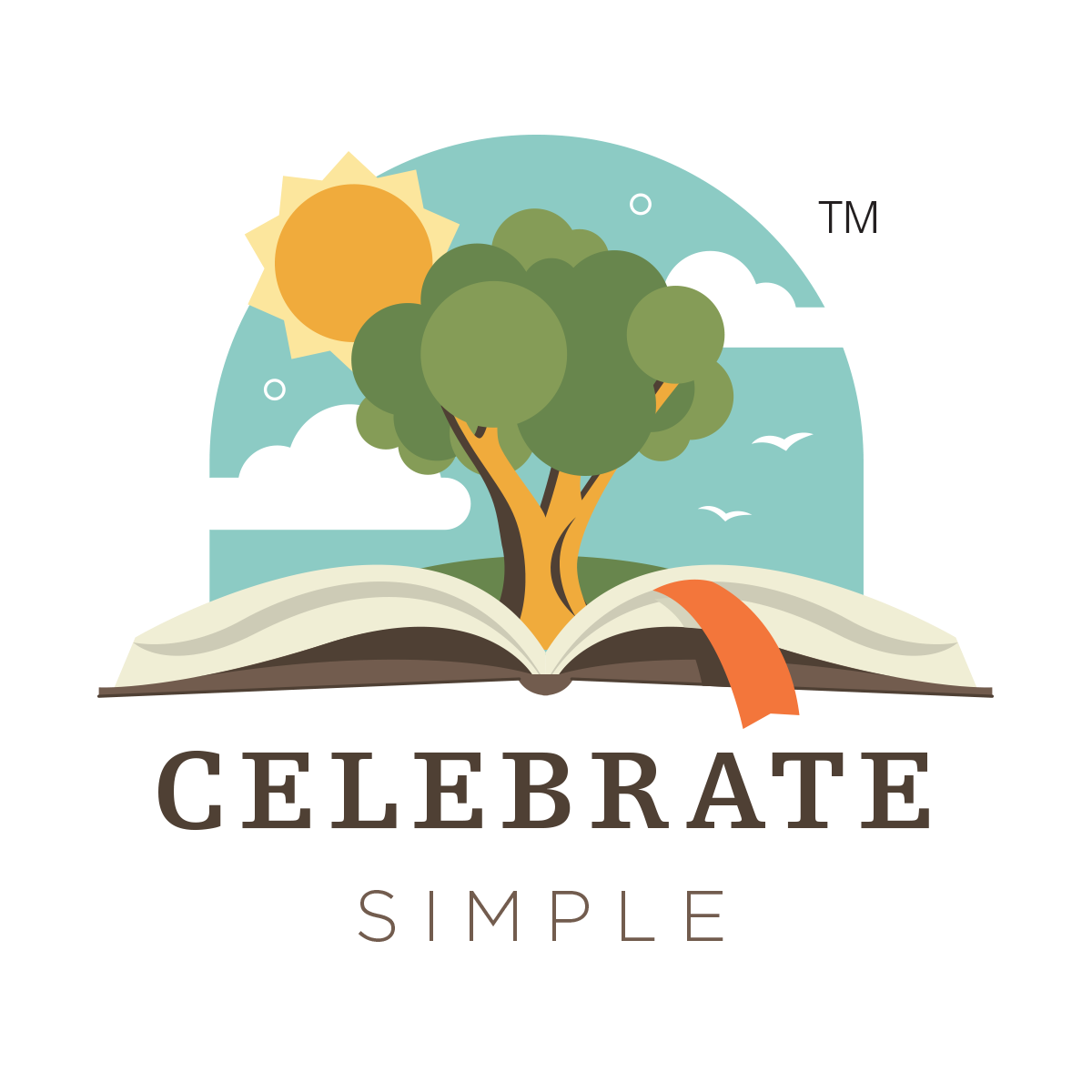Living Books and Independent Studies
/"Mom, do we have any nurse books?"
That question.
An interest.
I started with what I knew. My knowledge of nursing minimal at best.
A Florence Nightingale biography; I knew we had one in our biography section. I eagerly motioned her over to the shelves.
A week. She read; late into the evenings. I could tell she was engaged. She had accepted the author's invitation to walk hospital ward halls where Florence served, cared. My daughter experienced the Crimean War, through the pages of that biography.
The final evening, sprawled across the recliner, she closed the book and pulled it close to her chest. A sigh. I inquired.
"I love that book! I know Florence. She persevered. She solved problems to help others. I know Florence."
My daughter had been invited into a life, into a life that mattered.
"Do we have any other nurse books?"
That question.
An interest evolved into an independent study, a year-long learning adventure.
I knew it would happen. I just didn't know exactly when or with which book.
Stories have a way about beckoning us to places, meeting people we would never otherwise meet. While my daughter read the The Story of Florence Nightingale by Margaret Leighton, I heard a whisper, a quiet voice which suggested I build; build resources, other books related to nursing. In answering the call, I searched book lists. Bought used and asked knowledgeable people for ideas. All for a purpose.
I found books. They were delivered to our door. My daughter read.
About three books into her reading, she started to recognize connections between these often heroic women. At dinner I heard about her ah-ha moments. My daughter commented, sharing stories of how one nurse inspired, trained, or mentored another.
I was astounded by the understanding she was gaining, truly amazed!
My daughter's independent study began with one Living Book, a book about a real person who recognized a need, saw a problem and then found solutions. That one book led to an independent study, a study I didn't plan. My role was to foster her interest by finding resources--in this case books--and to be willing to listen--to process. There were many discussions, many summaries voluntarily shared because the learning intrigued and mattered. My daughter analyzed, compared, inferred, questioned.
Surprisingly, her independent study began with one book; an invitation into the life of one nurse.
One Living Book. One real story. An independent study.
What were the books?
In addition to The Story of Florence Nightingale by Margaret Leighton (a Signature series biography) the book which started the study, my daughter also enjoyed:
Great Women of Medicine by Ruth Fox Hume, a collective biography
Nurse Around the World: Alice Fitzgerald by Iris Noble, a Messner biography
The Story of Edith Cavell by Iris Vinton. a Signature series biography
First Woman Ambulance Surgeon: Emily Barringer by Iris Noble, borrowed from a friend who knew of my daughter's interest, also a Messner biography
Frontier Nurse: Mary Breckinridge by Katherine E. Wilkie
America's First Trained Nurse: Linda Richards by Rachel Baker, a Messner biography
Remember, some of these books are intended for older learners. My daughter was entering high school when she read these books. What one family deems appropriate may not be considered acceptable for another family. Parents should consider their family's guidelines for reading material, as well as the maturity of their reader, when offering titles for learning.
This blog post is intended to offer an example of personal experience. It is in no way intended to be legal advice and should not be taken as such. Parents own the sole responsibility for the training and education of their children.










































